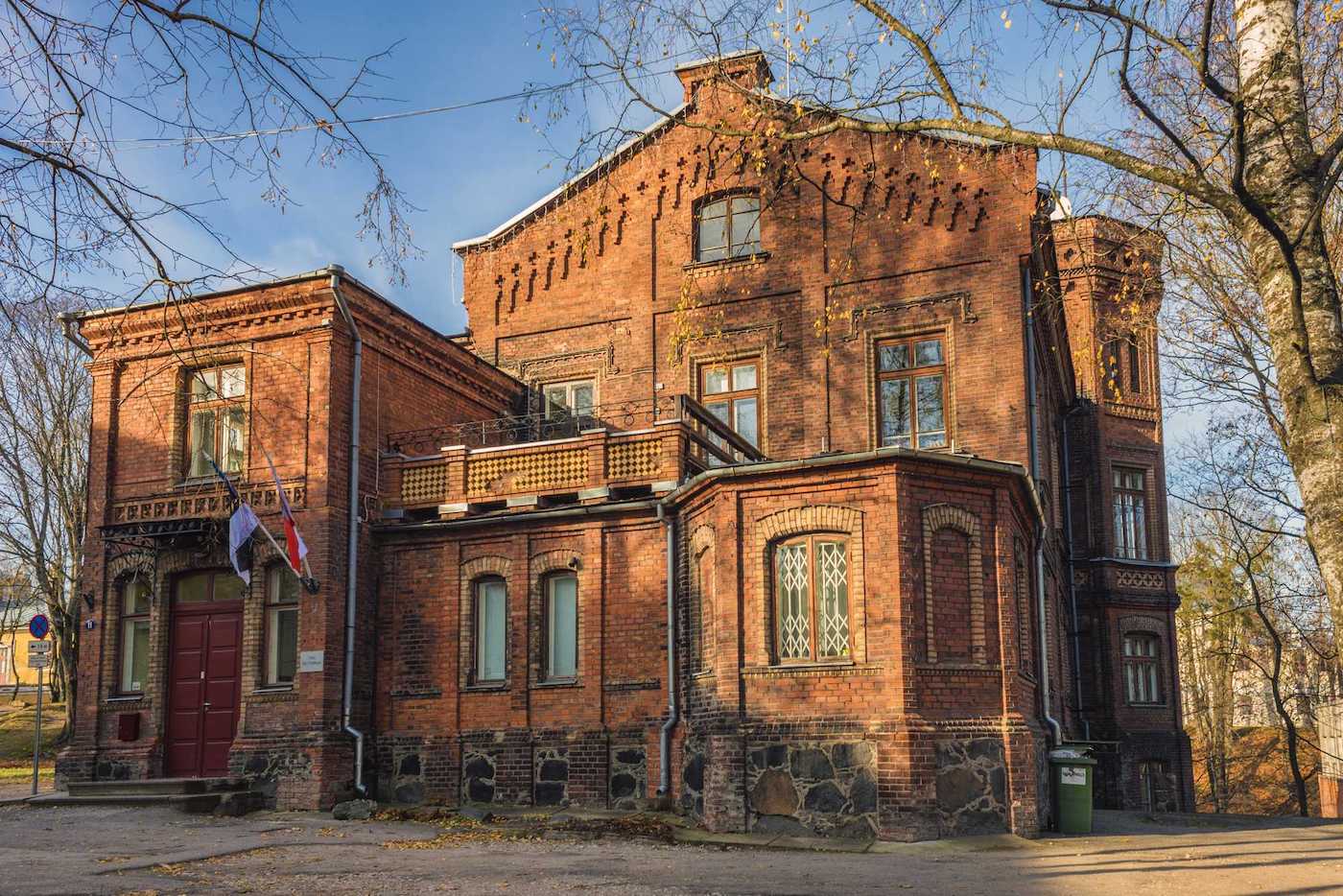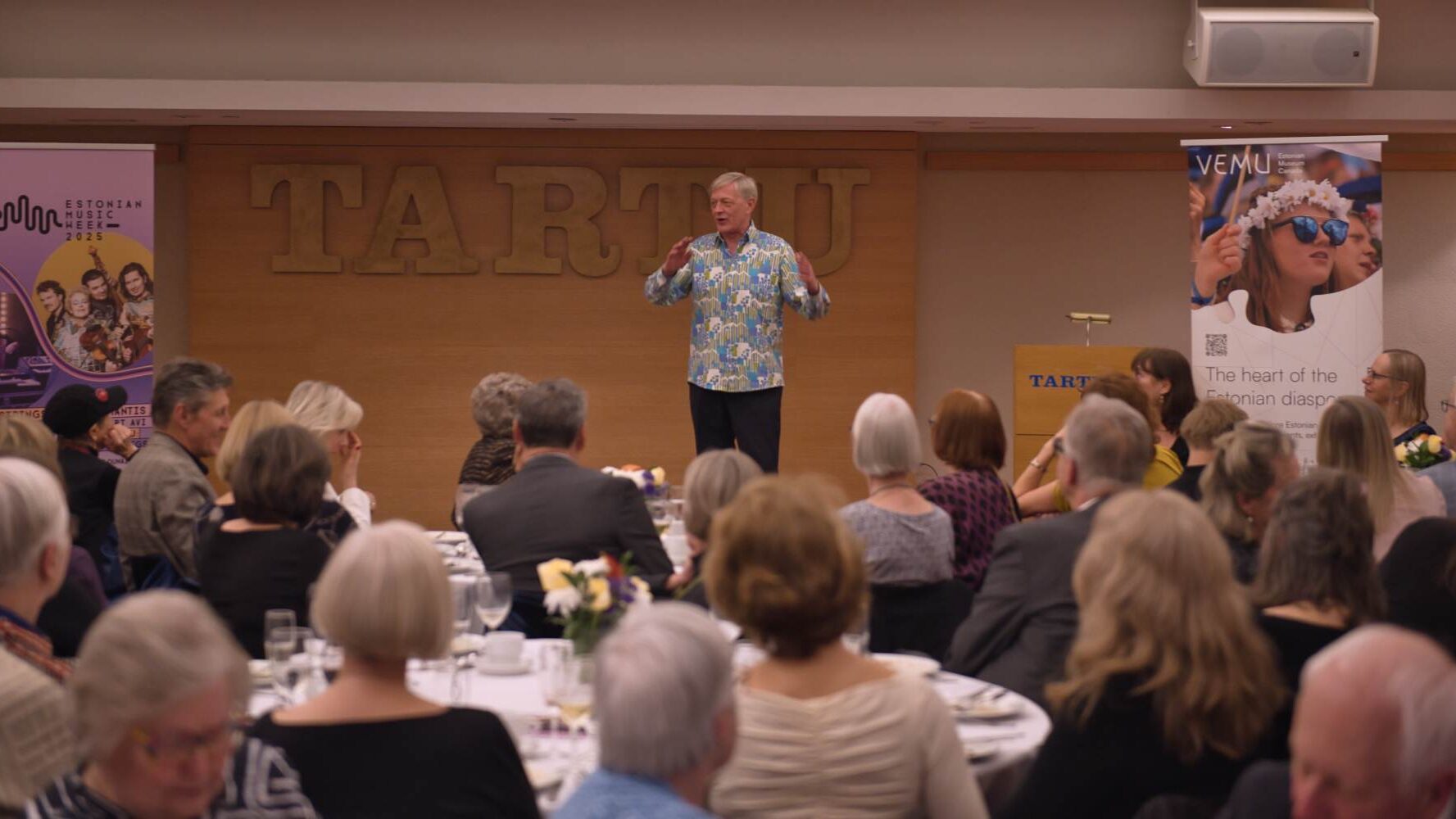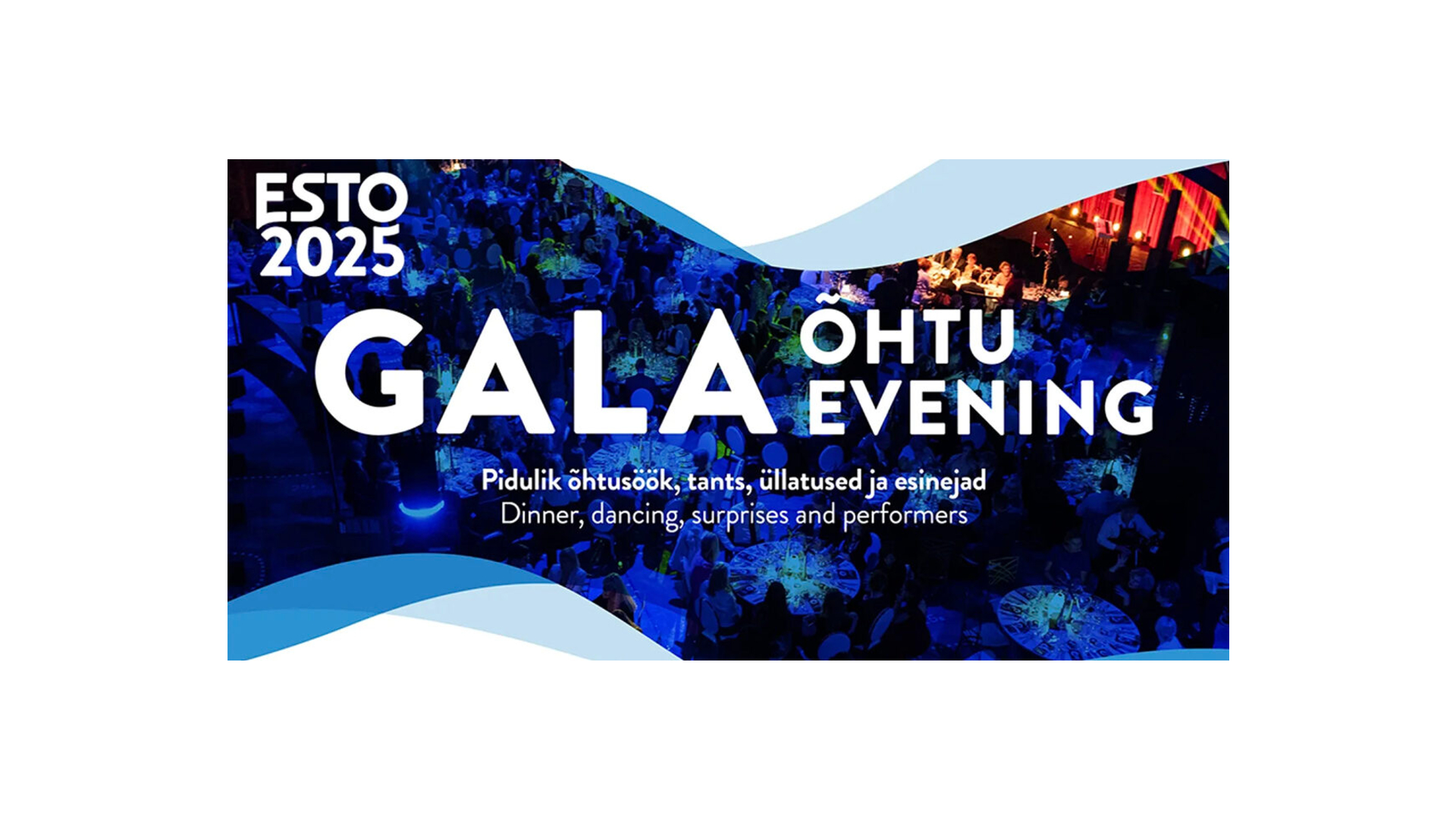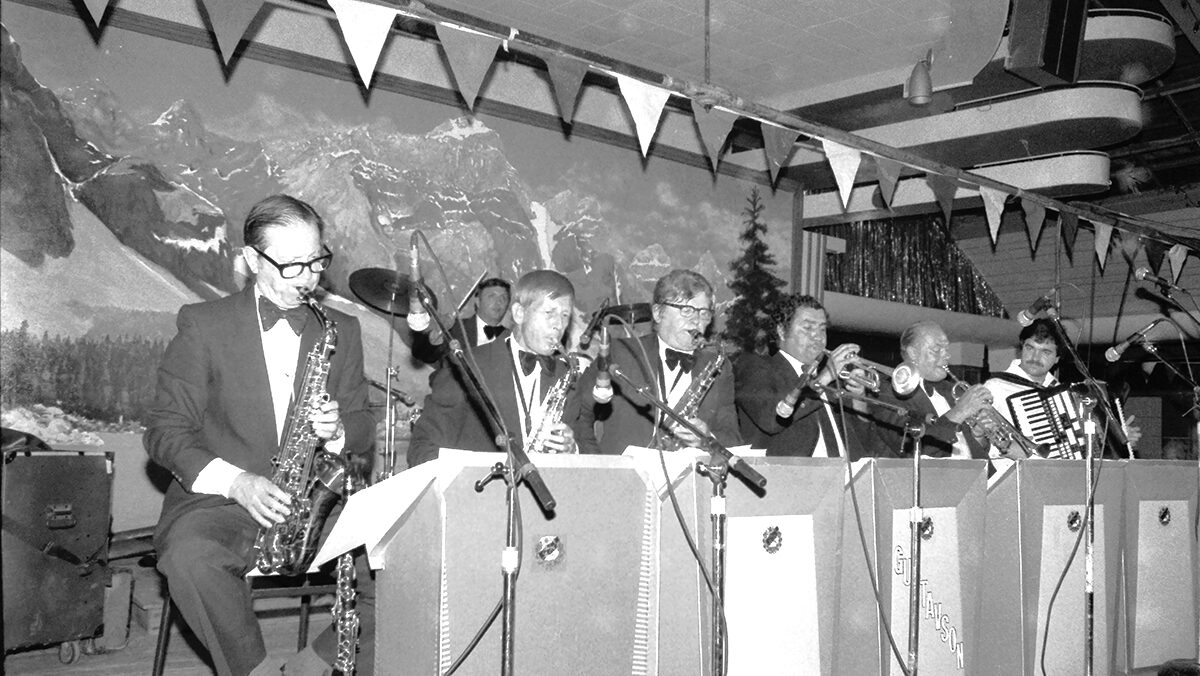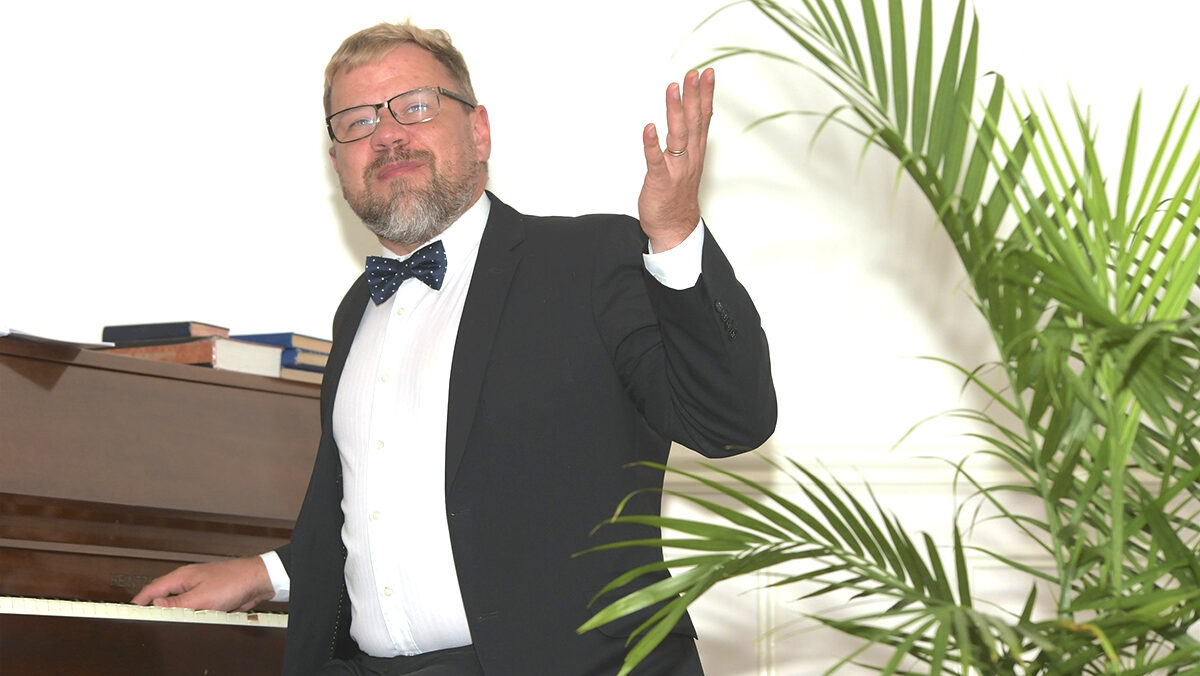The hill had many key structures placed on top of it since. Dorpat Domkirche (“Tartu Cathedral”) had its first bricks laid there in the 1200s. Püssirohukelder (the “Gunpowder Cellar”) which has also been used for academic lectures, beer storage, and eventually dining, was cut into the earth of the hill as instructed by Russian Empress Catherine II. Tartu Tähetorn (“Tartu Old Observatory”), one of Estonia's most important places of scientific study, was constructed atop the hill in 1810.
Not all buildings start out with huge empires, savvy scientists, or powerful rulers behind them. Sometimes it's as simple as wanting to build a house for yourself. For Alexander Konstantin von Oettingen, that was good enough for him. In 1879, with the help of his nephew, the architect Moritz Alexander Rudolf von Engelhardt, the residence was designed. Von Oettingen desired to live on the other side of the hill where, at the time, it was much less built up than it is today. The roads were more sparse. Plenty of privacy. So there was room for what he had in mind, a red brick neo-Gothic mansion.
As a theologian, professor, and dean of the Faculty of Theology of the University of Tartu, there was space for him to recede and write his books. He also opened the house up to fellow professors and used the top floor to house the gaggle of meteorologists led by his younger brother Arthur. In the northeast tower of the house, they would measure air temperature and other atmospheric parameters to forecast the weather. It all happened at Tiigi 11, as you will see the address marked today. 11 Tiigi tänav more fully, or “Pond Street” in English.
Even after the house was vacated and wrecked by bombs during the Second World War, it was taken care of by healthcare professionals as the Tartu Health Care Workers' House. Professionals of all kinds congregated there for cultural recreation. Finally, in November 1998, Tiigi Seltsimaja (literally translated as “Tiigi Society House”) was formally established by the City Council of Tartu.
These days, the red brick heritage building is the home of an organization that “promotes and introduces folk culture under the auspices of the Culture Department of Tartu City Government.” Traditional folk dance, theatre, educational seminars, and choral music, including the organization of Tartu's laulupidu (song festival), fall under this cultural umbrella. They are also the organizers of Jõululinn Tartu (“Christmas City Tartu”) and the historically-themed festivities of the July's Hansapäevad — “Hanseatic Days”, named after the Hanseatic League that dominated Baltic trade between the late 1100s and late 1400s.
Where the meteorologists once were in the upper part of this old house is a large hall, connected to the old tower, that is rented out by the public for their clubs and activities. It's available to whoever needs it.
The transition of this building from a grand private residence to a community-facing building depicts how our plans today are predicated on the whims of the past. Those who once had power and wealth in Estonia were able to finance their curiosities and desires quite lavishly. Nowadays, the development of new buildings is a much more measured thing to do. But it's fortunate that our curiosities and desires today have a place to grow in buildings such as the home of Tiigi Seltsimaja.
Written by Vincent Teetsov, Toronto
